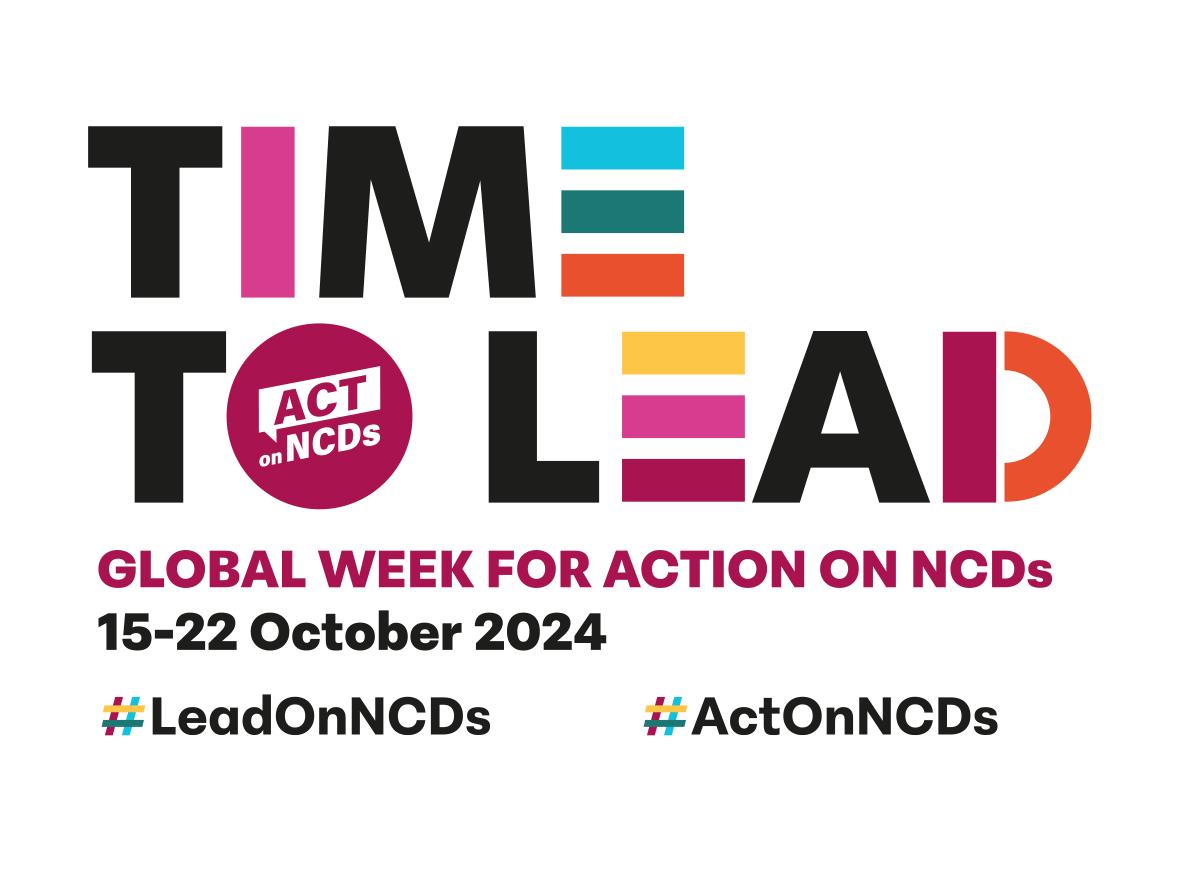WHY it's ‘Time to Lead’
It undoubtedly is. In September 2025, world leaders will gather at the United Nations in New York for the fourth High-Level Meeting on NCDs (HLM). There they will decide whether to place the NCD agenda atop the list of global health priorities, fuelled by the necessary investment, or to continue promising to tackle the NCD agenda but falling far short of agreed targets.
We need leaders who will help to deliver a positive result at HLM4. We need country leaders, state leaders, community leaders and civil society leaders to step up. Together we can spark the necessary change for NCDs.




